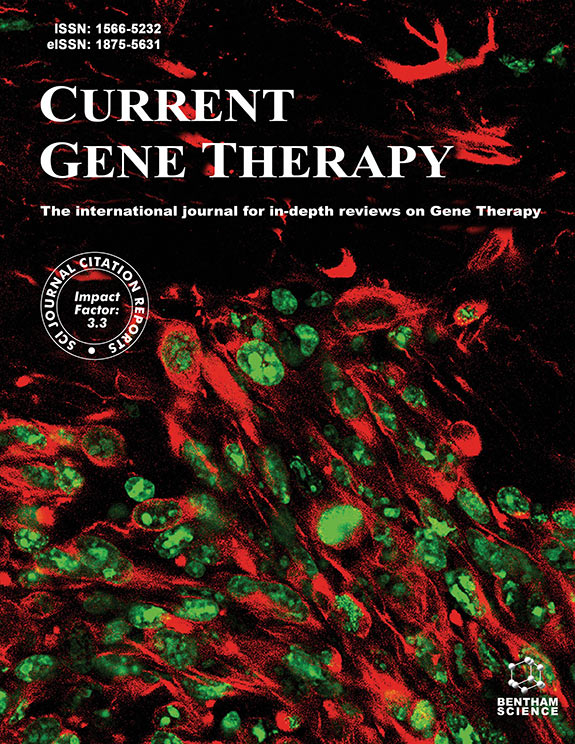
Current Gene Therapy
Indexed in: Scopus, SCI Expanded, MEDLINE/PubMed
View AllCurrent Gene Therapy publishes reviews and original research containing experimental data on gene and cell therapy. The journal also includes manuscripts on technological advances, ethical and regulatory considerations of gene and cell therapy. Reviews should provide the reader with a comprehensive assessment of any area of experimental biology applied to molecular medicine that is not only of significance within a particular field of gene therapy and cell therapy but also of interest to investigators in other fields. Authors are encouraged to provide their own assessment and vision for future advances. Reviews are also welcome on late breaking discoveries on which substantial literature has not yet been amassed. Such reviews provide a forum for sharply focused topics of recent experimental investigations in gene therapy primarily to make these results accessible to both clinical and basic researchers. Manuscripts containing experimental data should be original data, not previously published.
Editor-in-Chief:
-
Fanglin GuanInstitute of Neuroscience
Xi’an Jiaotong University Health Science Center
Xi’an
China
ISSN: 1566-5232 (Print)
eISSN: 1875-5631 (Online)



